Schlocktober '23: I never liked the original Castlevania much and I still don't. I will turn in my gamer card.
By bigsocrates 15 Comments
SCHLOCKTOBER ’23: This month I am playing some games with horror elements and blogging about them to determine whether they’re nasty tricks or delectable treats.
Oh boy, I’m going to get staked through the heart for this one.
Growing up I was never a Castlevania kid. I didn’t like horror much to begin with, and while I had an NES as a child I was primarily a PC gamer. I did have a copy of Castlevania II: Simon’s Quest, and I had the same experience with that game as anyone else who didn’t have a guide, which is that it looked great, sounded great, and was fun to play except for the stupid invisible trap bullshit, but I couldn’t make heads or tails of where to go after awhile. This was an NES game where NPCs actually lied to you and the obscure and stupid stuff you had to do to advance seems specifically made to be undiscoverable to a seven-year-old and his dad who was helping him play. Simon’s Quest enchanted me with its looks, music, and ideas and then frustrated me beyond comprehension. I also had one of the Castlevania Game Boy games, I think the first one, and that was okay for a Game Boy game, but I was never a fan of the little pea soup screened handheld and I don’t remember much about that game except the very basics.
I did play Castlevania 1 and 3 at friends houses or as rentals at the time too. Castlevania 1 didn’t leave much of an impression on me. After the splendors of Simon’s Quest it just seemed kind of outdated and very cheap and difficult. Castlevania 3 also felt cheap and difficult but it is such a spectacular audio visual achievement (and more refined in its controls) that I always liked it anyway.
We’re not talking about Castlevania 3 here though, we’re talking about the first one. The OG. And even rampantly cheating via save states (I was playing on the Xbox version of the Castlevania Anniversay Collection Konami put out digitally in 2019, and unlike the Castlevania Advance Collection they put out in 2021 the earlier collection only has one save slot per game and no rewind, which is annoying) I found it unsatisfying and frustrating.

The basic outline of Castlevania should be familiar to all gamers now. It’s an action adventure platformer where you take Simon Belmont through Dracula’s castle, jumping, whipping, and dagger/holy water/cross/axing your way to take on the big guy himself. It is one of the first iconic horror games, featuring zombies, skeletons, and mummies instead of Goombas and Koopas. Its controls were famously stiff and deliberate compared to other games of the time.
Castlevania 1 deserves a lot of credit for being incredibly well designed for an early NES game. Originally a Famicom Disk System game it has an astonishing soundtrack, atmospheric and varied graphics as you progress through the castle, classic horror movie bosses, and a cohesion and sense of place that was very rare in games back then. As great as something like Super Mario Bros. is it just feels like a series of (very well designed) levels. Castlevania uses changes in music, tile set, and level design , combined with a map that pops up as you defeat bosses showing your progress through the castle, to really make it feel like an epic quest to clear a haunted castle and defeat the vampire king himself. To think that this came out just 1 generation after Adventure, with its maze of lines and duck-like dragons really shows the incredible evolution of gaming during the 1980s. By the end of the decade we’d have the Genesis.
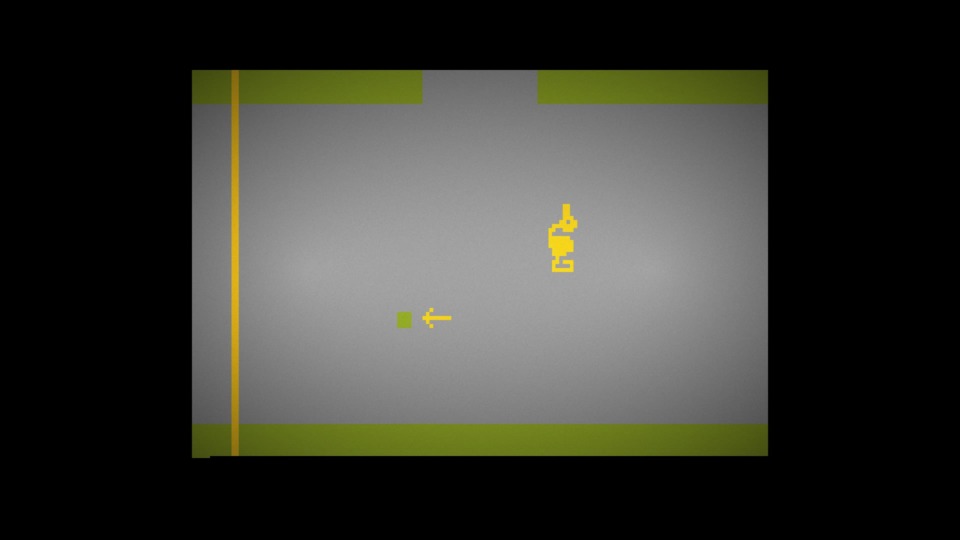
But while I did play this game in the 1980s it is not the 1980s now, and there are literally hundreds of games that have been influenced by this game and built upon its legacy, including dozens of direct sequels. Taken on its own merits Castlevania is clunky and frustrating. The stiffness of Castlevania’s controls is legendary. Comparison is often made to Mega Man with his tight responsiveness and, importantly, air control. Simon Belmont, by comparison, is much more deliberate. He’s slower, he has to commit to his jumps (and his stair climbing, since he cannot jump off a staircase) and his whip has a few frames of windup, which can make timing strikes against some of the faster enemies or projectiles pretty tricky. It is worth noting that defending yourself by whipping enemy projectiles was not entirely new, but pretty unusual at that point and that kind of complexity represented part of a real evolution in game design.
The slower, stiffer, controls would be fine if not for the combination of these fast enemies and a lot of bottomless pits. Castlevania’s medusa heads and flea men are infamous because their vertical movement make them hard to target and for the flea men they move so quickly that you really only get one chance to hit them before they get to you. And when they do score a hit not only do you lose some health, but you get knocked back, often into a pit, at least in later levels. This is where Castlevania earns its reputation for frustration. You can play very well, carefully navigating past the various obstacles and taking the tougher enemies out without getting hit, and then an eagle will fly by and drop a hunchback on you sending you into a pit and back to the beginning of the stage. Fantastic.
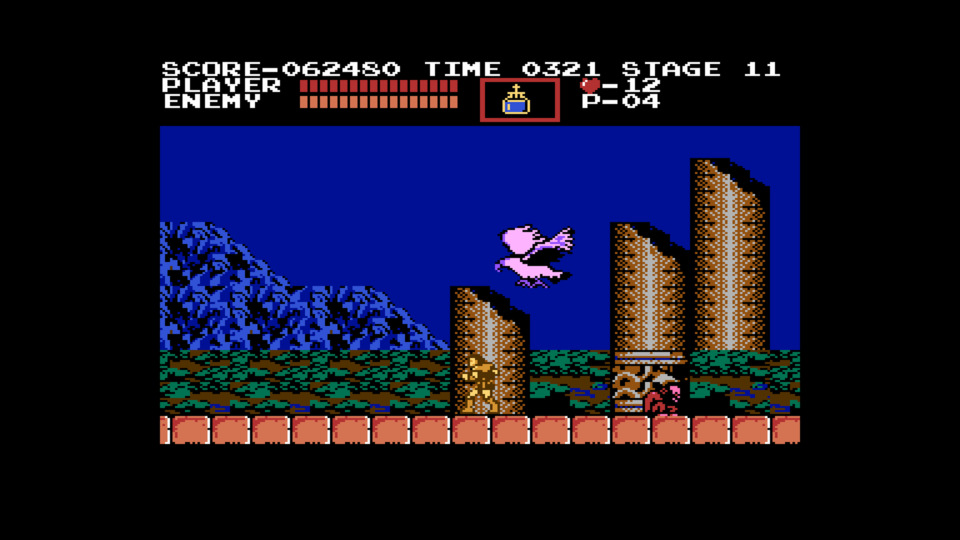
Honestly by early NES standards it’s not particularly punishing. There’s a continue feature, full health restore after every boss, and the infamous wall chicken that lets you refill some health mid stage. This is a game that I could probably learn to beat legitimately if I put in the time, though some of the bosses are pretty brutal in their own right. Castlevania is not a game that hates you (Simon’s whip gets downgraded when he dies but you’ll get the two upgrades back within like a minute, making the whole feature kind of silly) but it’s a game that demands a lot of precision and a fair amount of luck. For the mid 1980s it’s a masterpiece, but it feels like something of a first draft of the games that were to come, especially Castlevania III (and then the various 16-bit Castlevanias.)
My personal experience with the Castlevania franchise really took off with the release of Symphony of the Night, which I bought on the strength of its incredible reviews and loved (though I have never finished the inverted castle.) I also played some of the Gameboy Advance and DS games, as well as the Lords of Shadow series. I always felt that never finishing the NES Castlevanias was a bit of a blindspot in my gaming history, though I’ve seen plenty of footage through Vinnyvania and other sources. I’m glad that I’ve sort of experienced the first game now (I did play a little bit without save scumming too) and it wasn’t an awful experience but it also wasn’t as enjoyable as Mega Man 1 and 2, which I also played this year. And I didn’t enjoy it nearly as much as Circle of the Moon, which I finished in April.
Castlevania was a revolutionary game in its time and it’s not fair to call it bad. If nothing else the music still holds up, and has been remixed so many times it is embedded into the fabric not just of the series but gaming itself. But as someone who can still enjoy NES games I just didn’t find this one very satisfying, and I didn’t really like it as a kid either. I will just always prefer SOTN style Castlevania to the classic style, and I’m okay with that. I’m still impressed with how well designed the game is though. Simon had to walk so Alucard could backdash.
Schlocktober Rating: Expired Schlock
Castlevania is like an old timey gourmet chocolate bar that has gone stale and expired in the drawer. It was once a top shelf treat but at this point it's all chalky and flavorless. It won't kill you to eat it but you won't get much enjoyment either.
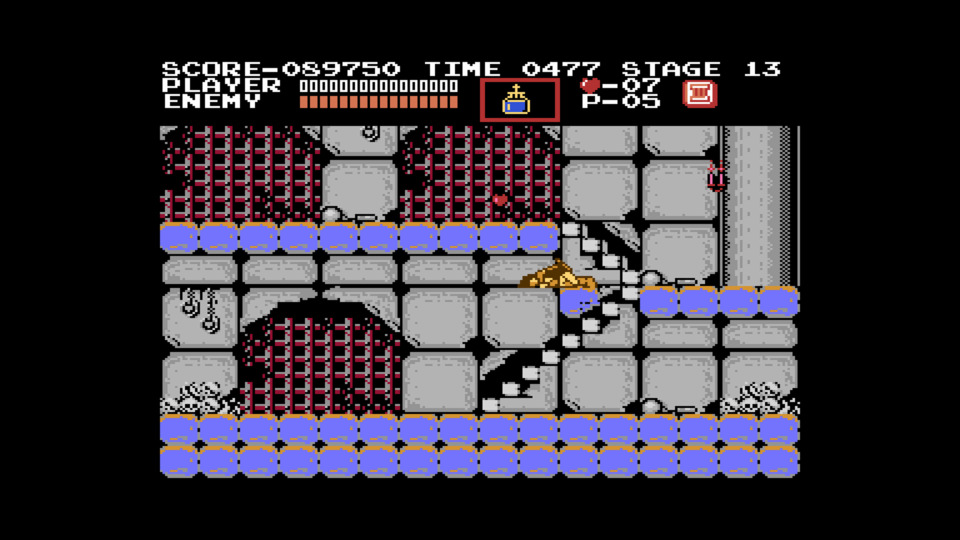
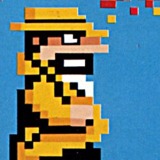
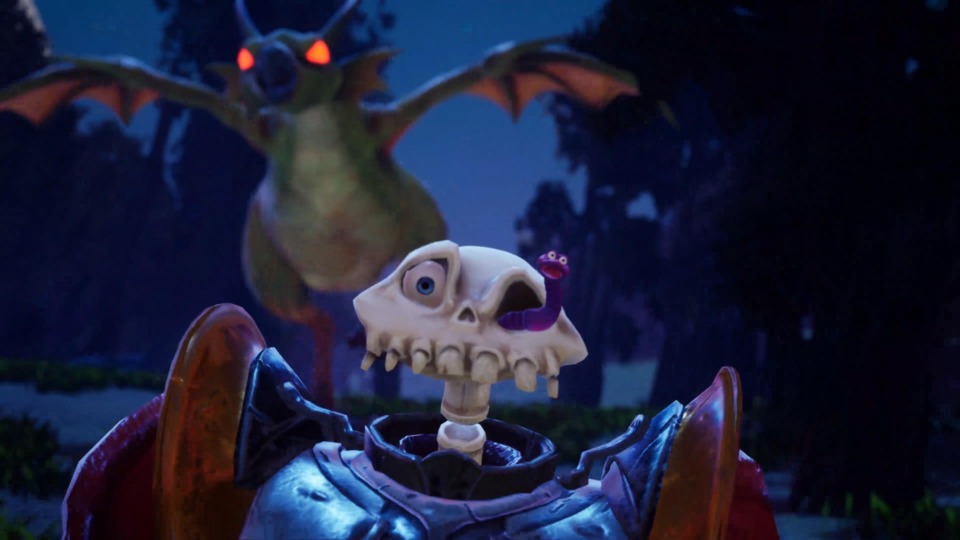
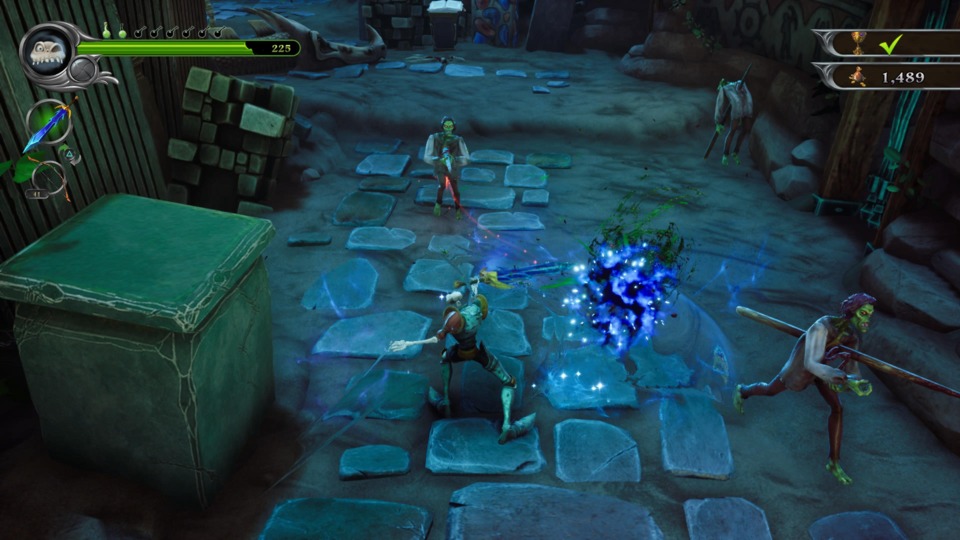
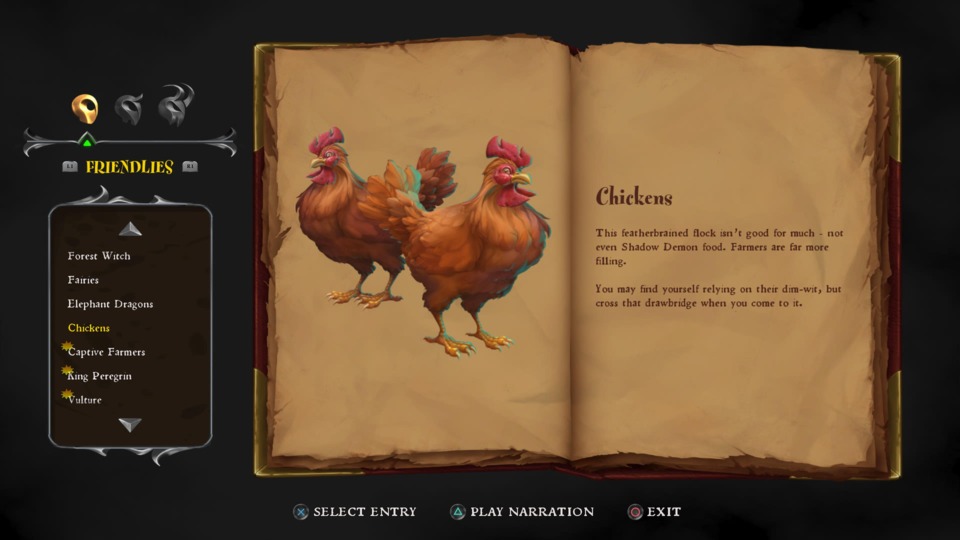
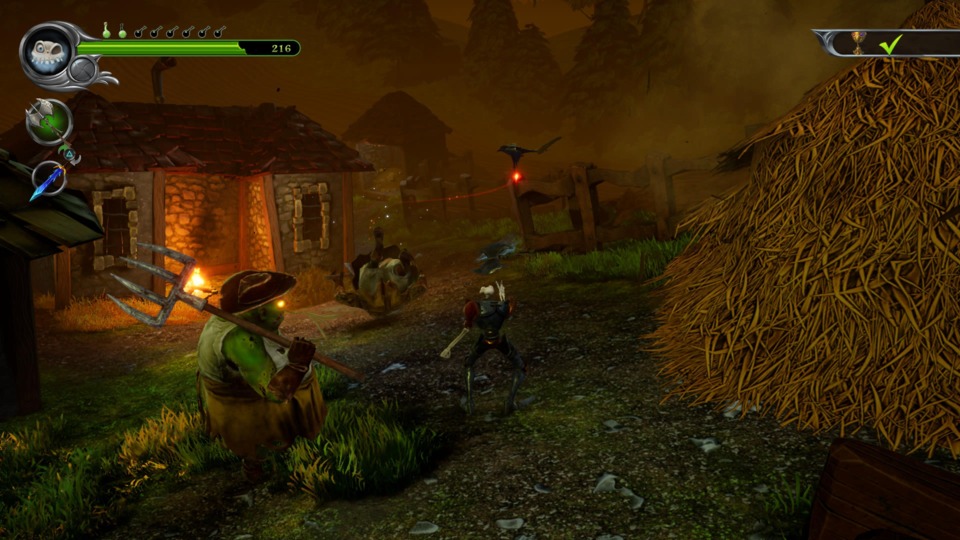
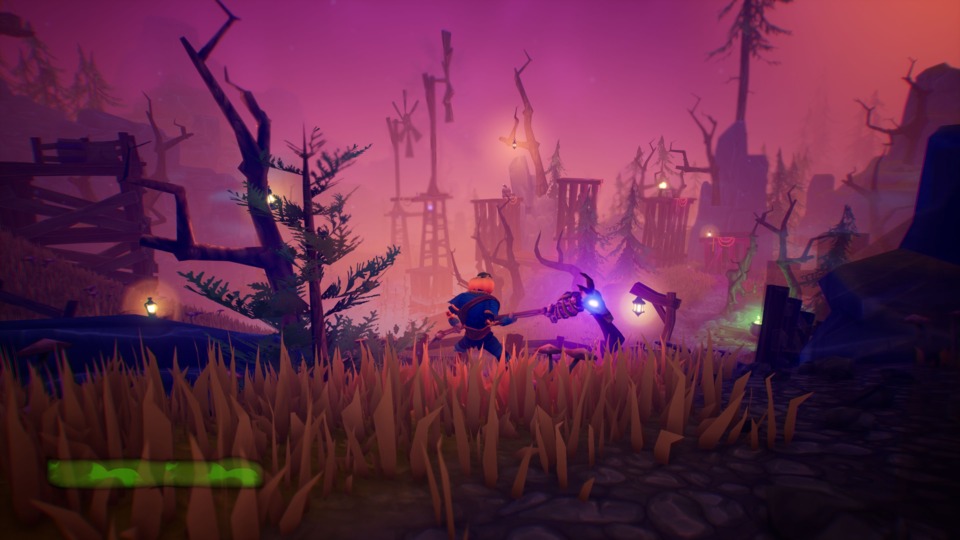


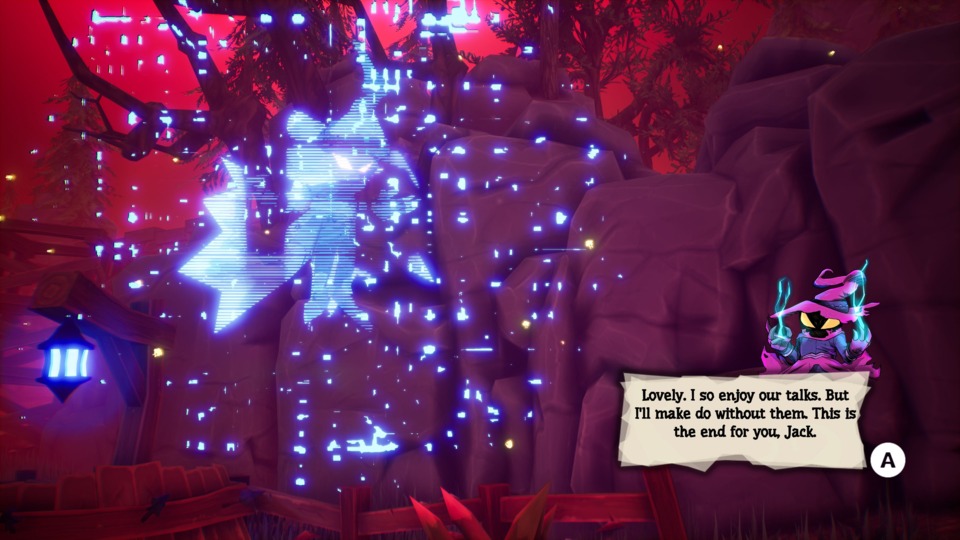
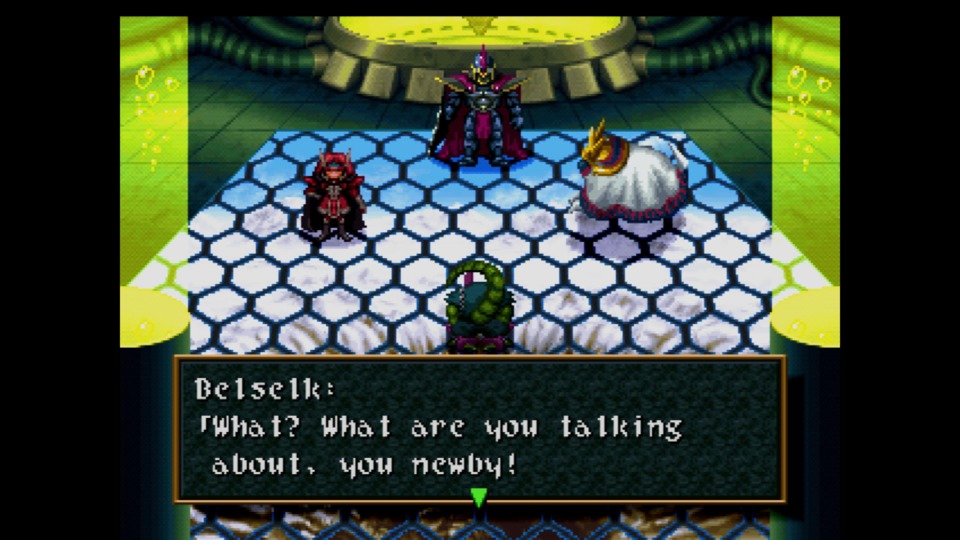
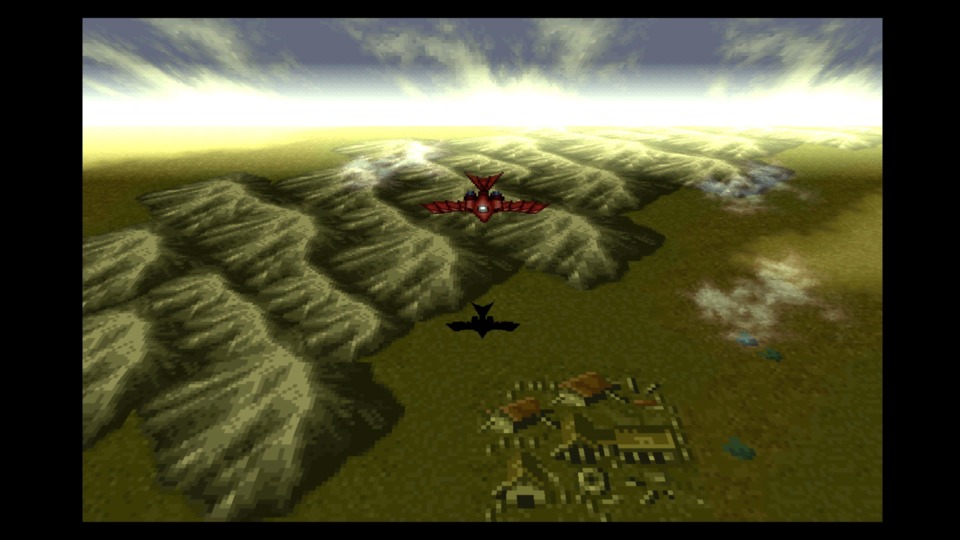
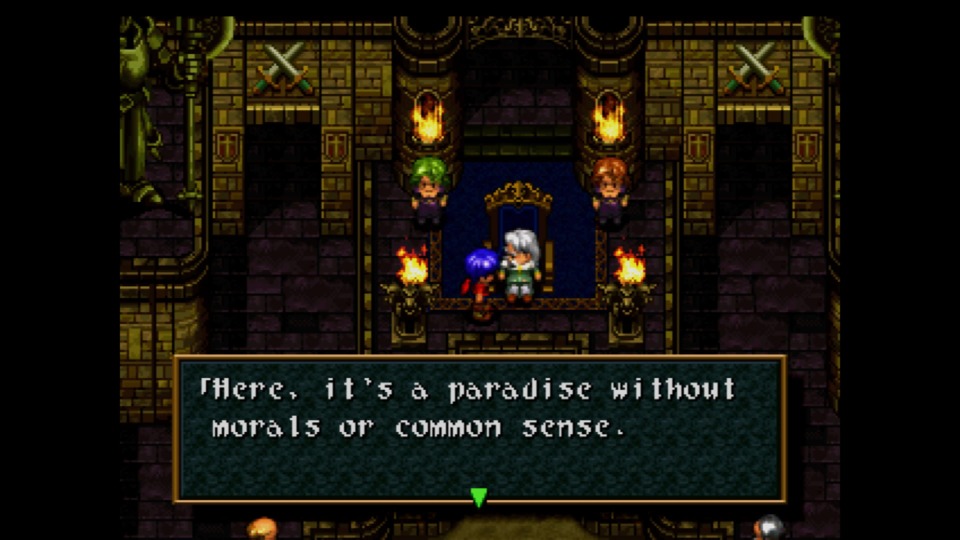
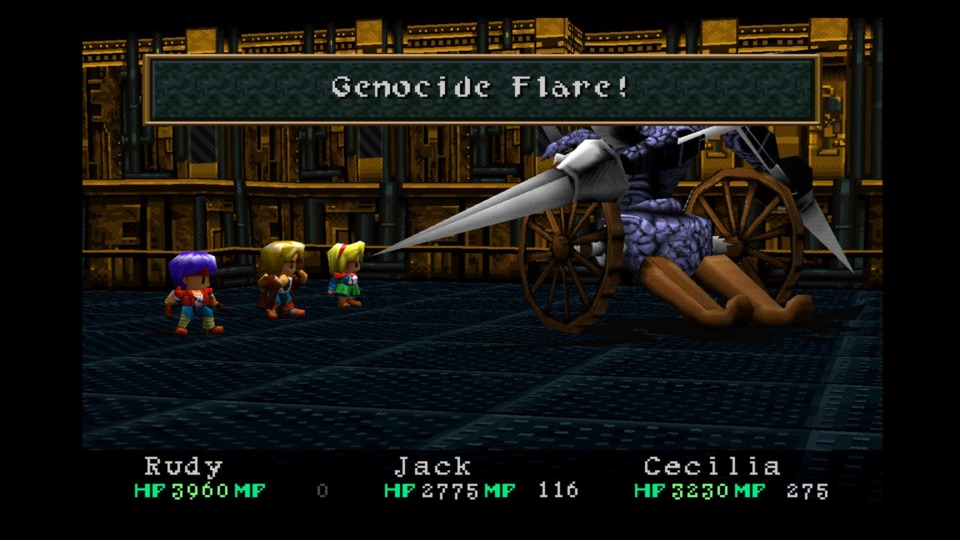
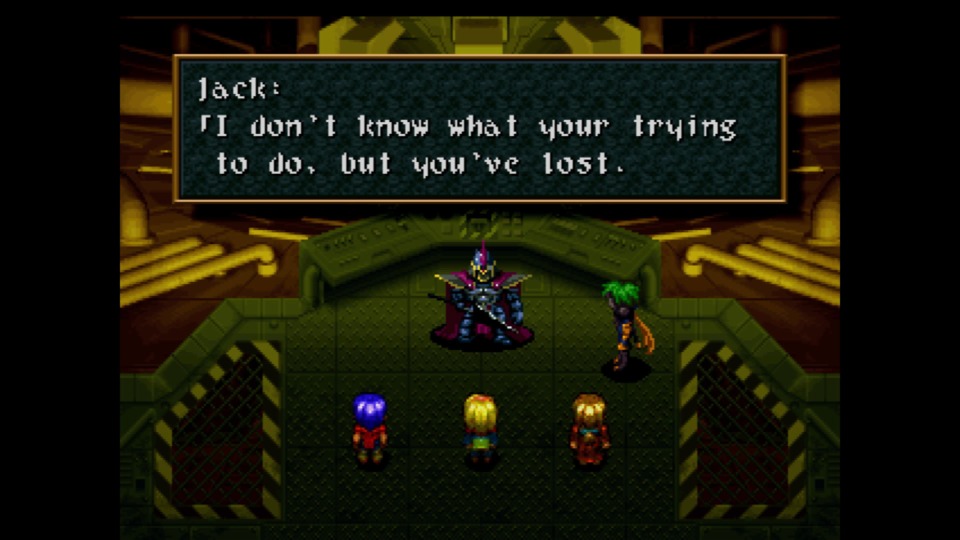
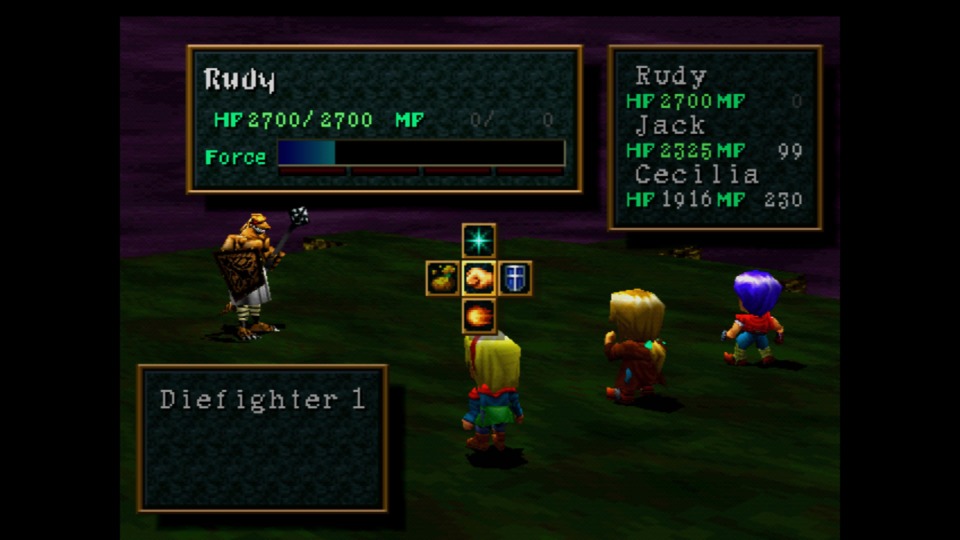
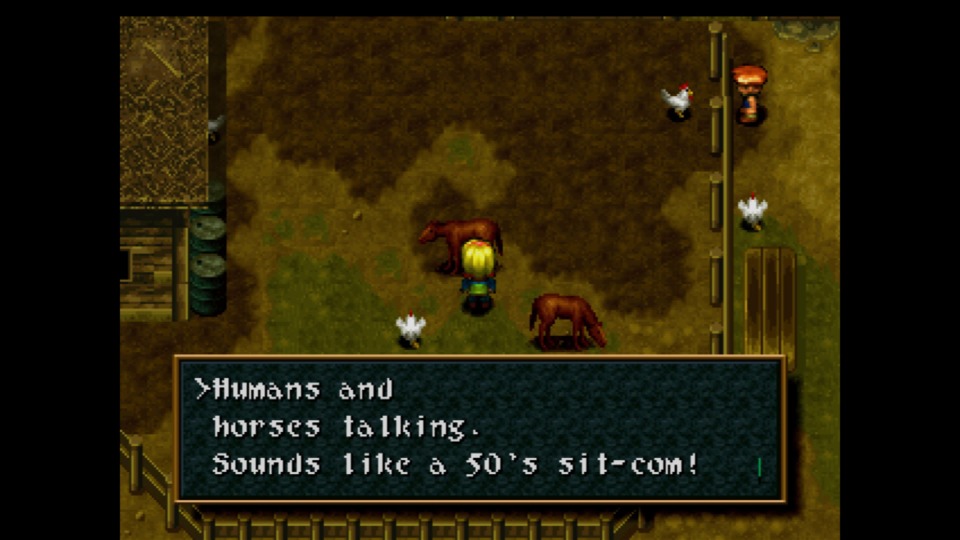
Log in to comment